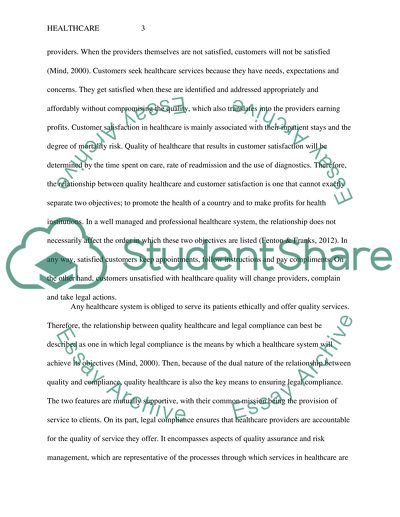Cite this document
(“Healthcare Services Costs and Customers Satisfaction Term Paper”, n.d.)
Retrieved from https://studentshare.org/health-sciences-medicine/1633429-healthcare-services-costs-and-customer-satisfaction
Retrieved from https://studentshare.org/health-sciences-medicine/1633429-healthcare-services-costs-and-customer-satisfaction
(Healthcare Services Costs and Customers Satisfaction Term Paper)
https://studentshare.org/health-sciences-medicine/1633429-healthcare-services-costs-and-customer-satisfaction.
https://studentshare.org/health-sciences-medicine/1633429-healthcare-services-costs-and-customer-satisfaction.
“Healthcare Services Costs and Customers Satisfaction Term Paper”, n.d. https://studentshare.org/health-sciences-medicine/1633429-healthcare-services-costs-and-customer-satisfaction.


